Victoria’s Minister for Energy and Resources Lily D’Ambrosio today visited the site of Fotowatio Renewable Ventures’
Terang Battery Energy Storage System.
The project includes a 100 MW / 200 MWh battery and grid-forming inverter, which was made possible through a $7 million investment as part of Round 2 of then Labor Government’s Energy Innovation Fund.
The project will include 38 inverters and 48 battery containers and create up to 150 jobs during construction.
Grid-forming inverters use voltage and frequency control technology to manage the supply and demand of electricity flowing through the network and keep it performing reliably. This technology is critical as more renewable energy is connected to the grid.
Fotowatio Renewable Ventures (FRV) Australia has appointed Canadian Solar’s e-STORAGE for construction of the project to begin early next year. FRV Australia will also award site maintenance contracts to local businesses.
“The Terang battery is in a strong and strategic part of the grid and will soak up local renewable energy, support lower bills for southwest Victorians and boost economic development,” D’Ambrosio said.
“The Energy Innovation Fund has been designed to position Victoria at the forefront of the energy transition, with associated benefits for supply chain and skills development – and that’s what the Terang battery is bringing.”
The Energy Innovation Fund has invested $38.2 million across four projects under Round 2, which will create up to 200 construction jobs, 20 ongoing jobs, and unlock more than $160 million of commercial investment.
Victoria is transitioning to 95% renewable energy generation by 2035. With large amounts of solar and wind coming online, large-scale storage capacity is essential for storing the renewable energy from these new projects to further drive down bills for Victorian households.
Victoria is already the home of big batteries with 537 megawatts of operational battery storage capacity currently in operation – more than any other state. Every GW of battery storage built allows 3 GW of renewable energy to be connected to the grid.
This project will help meet Victoria’s demand for storage, as well as the Labor government’s target of at least 2.6 GW of energy storage capacity by 2030 and 6.3 gigawatts by 2035.

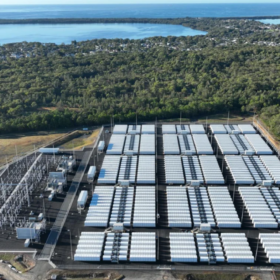
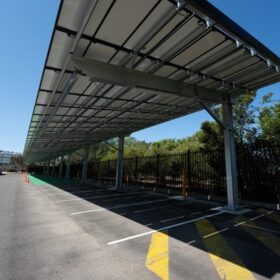
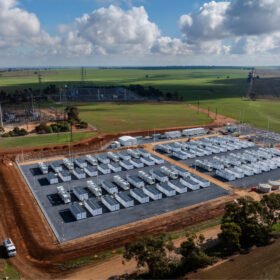
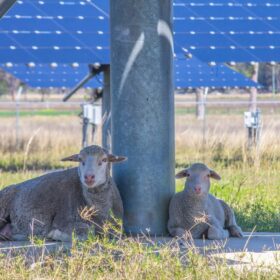
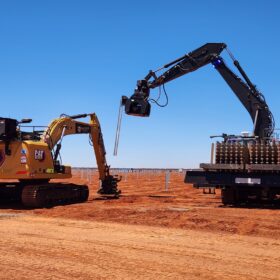
By submitting this form you agree to pv magazine using your data for the purposes of publishing your comment.
Your personal data will only be disclosed or otherwise transmitted to third parties for the purposes of spam filtering or if this is necessary for technical maintenance of the website. Any other transfer to third parties will not take place unless this is justified on the basis of applicable data protection regulations or if pv magazine is legally obliged to do so.
You may revoke this consent at any time with effect for the future, in which case your personal data will be deleted immediately. Otherwise, your data will be deleted if pv magazine has processed your request or the purpose of data storage is fulfilled.
Further information on data privacy can be found in our Data Protection Policy.